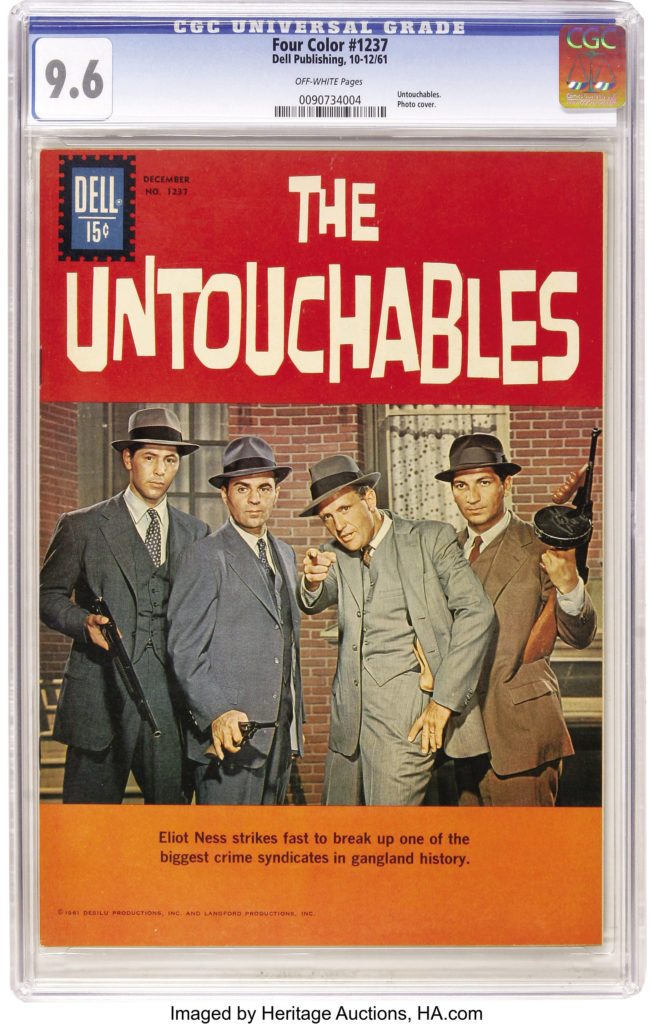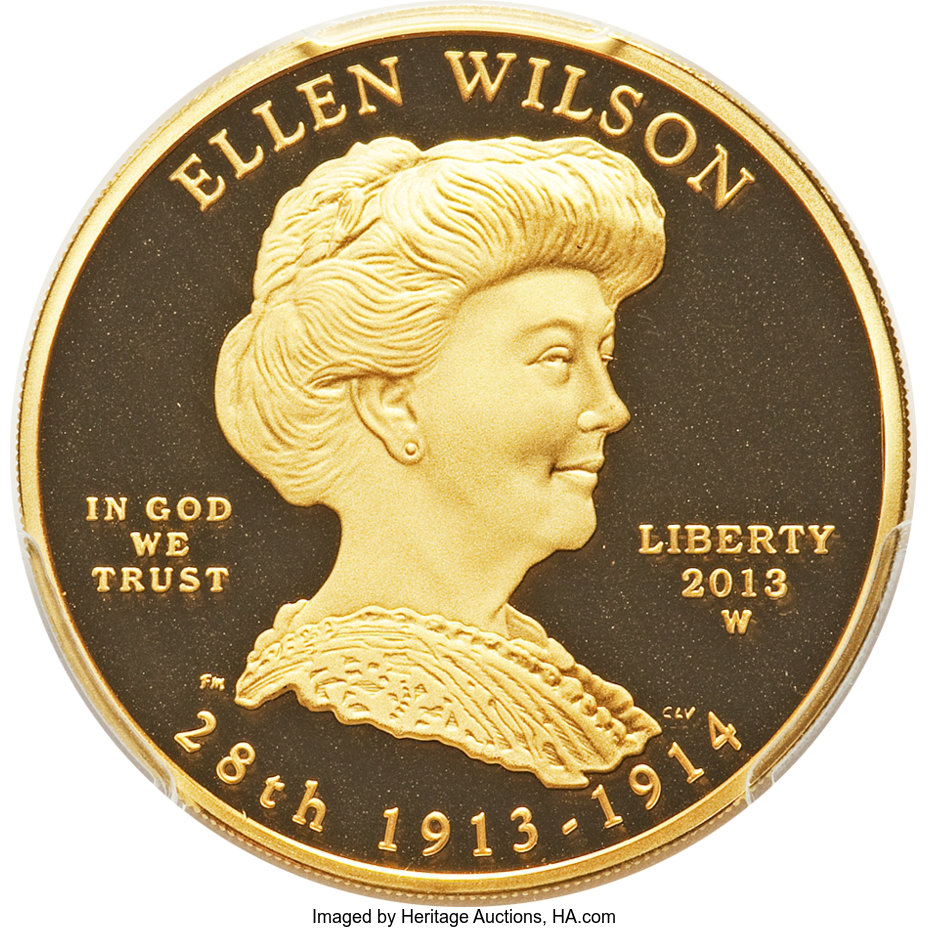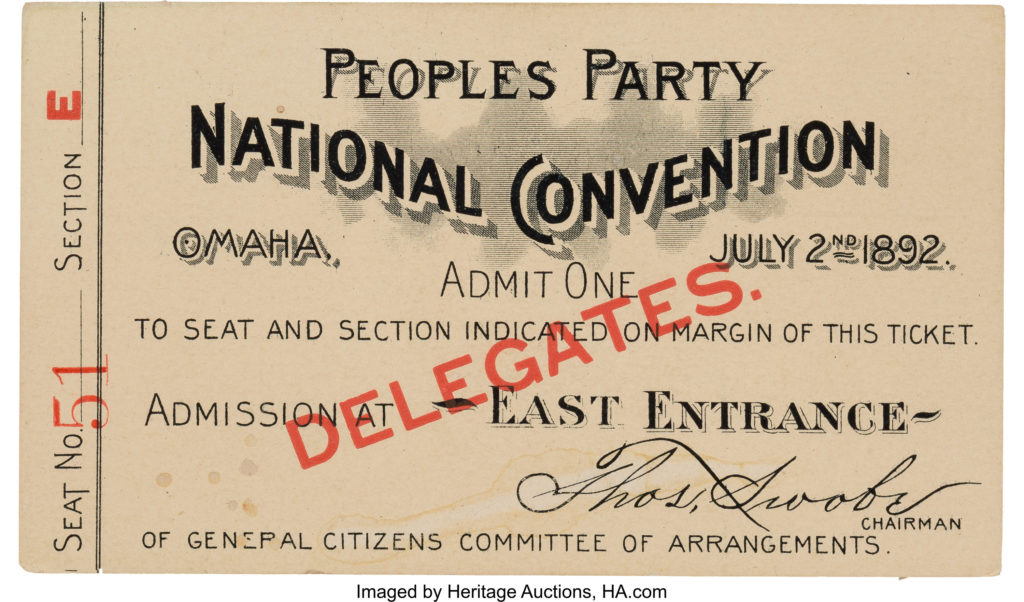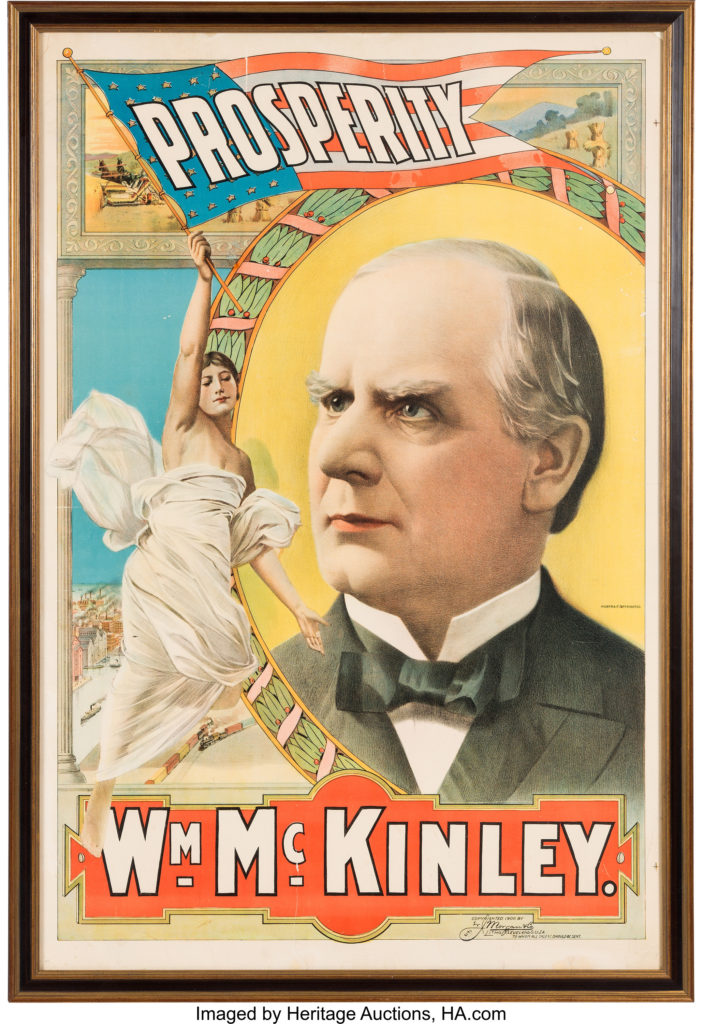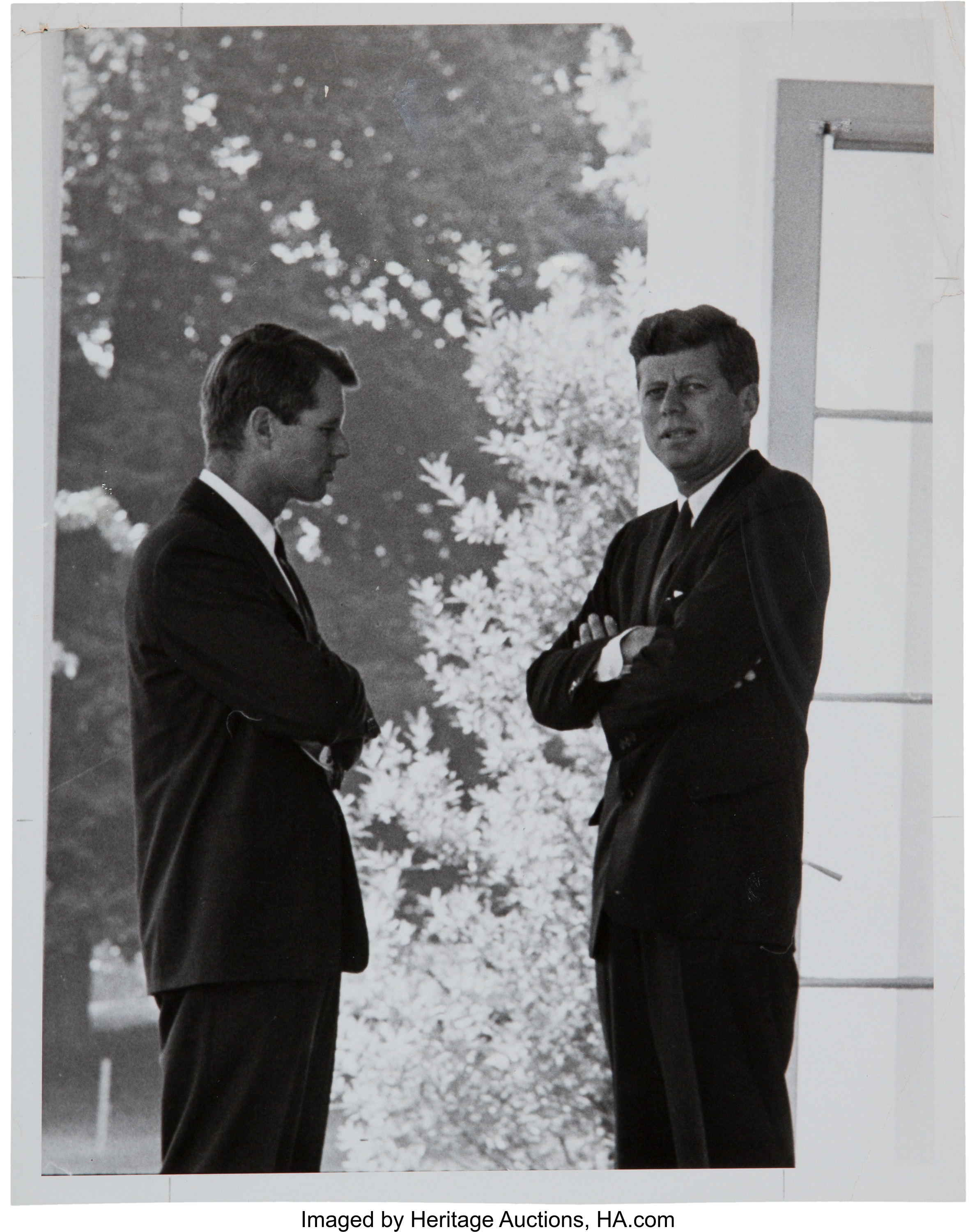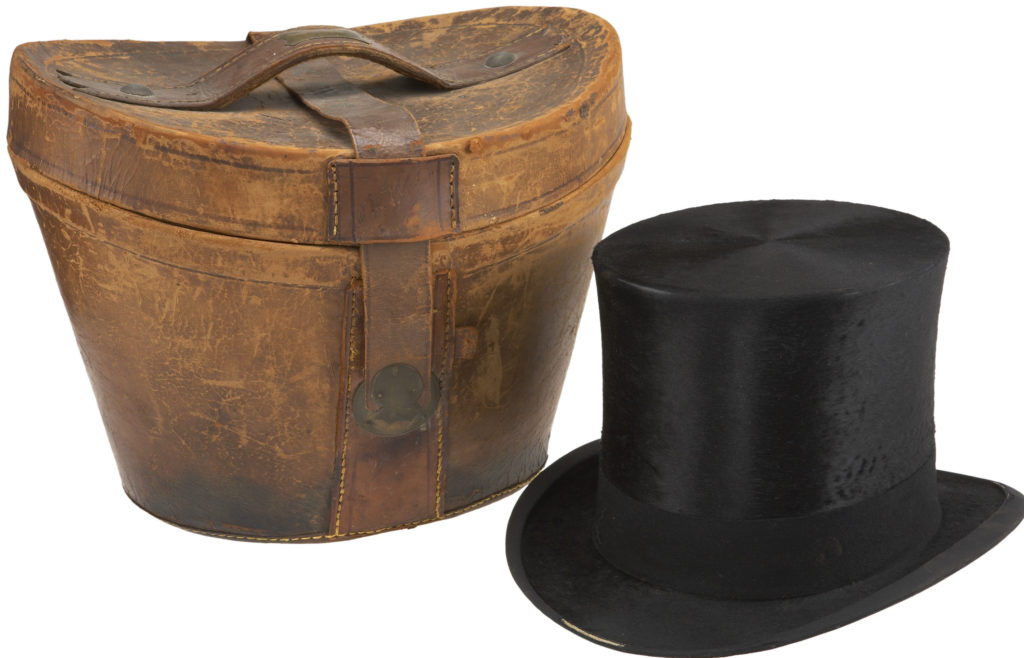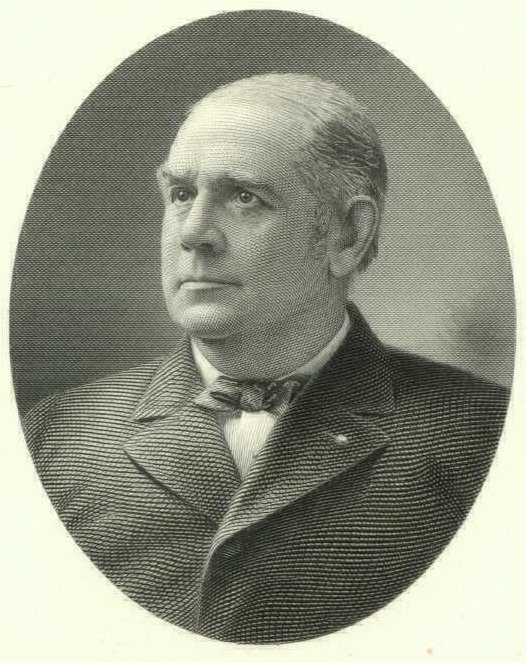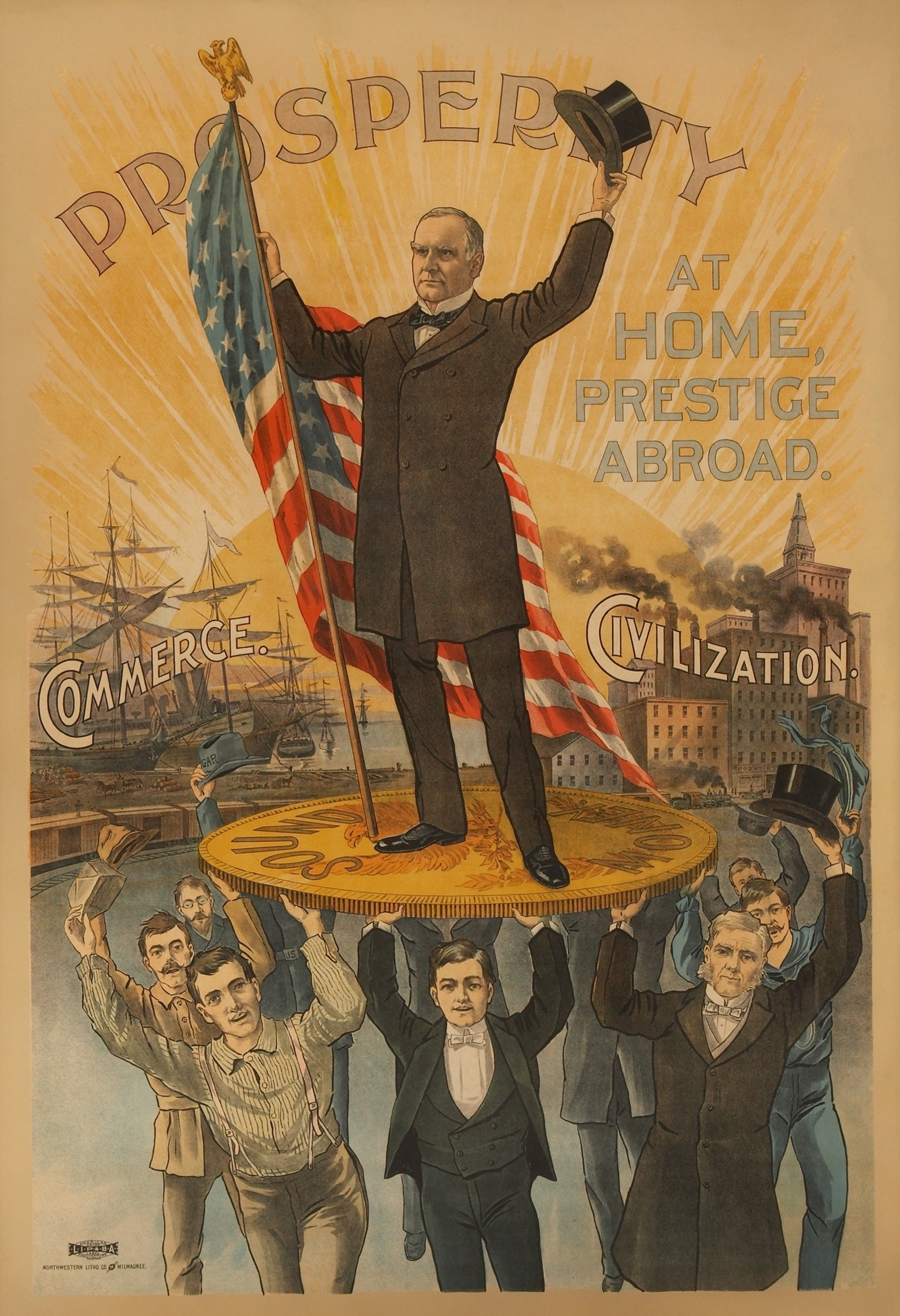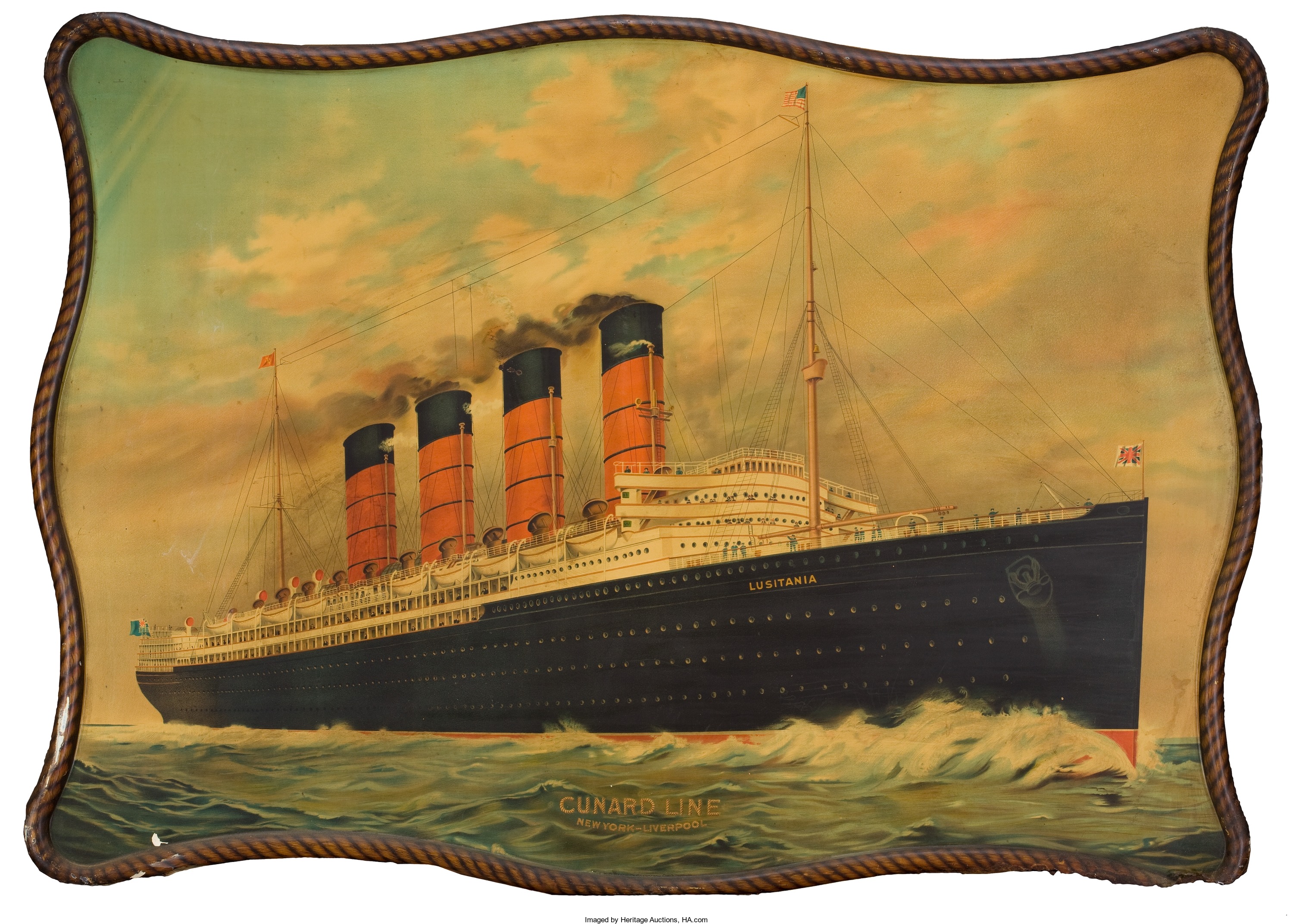
By Jim O’Neal
Tempus fugit!
When I think about President Dwight D. Eisenhower, my mind associates him with America in the 1950s. Images of sunny Southern California suburbs, rock music, languid days of surfing, backyard BBQs and my first car (1953), a 1932 Ford Victoria 4 banger. Long gone are any memories of ducking under a desk, the potential darkness of a nuclear war or concerns that communists were lurking in hidden corners.
It was a time of social confidence and military men taking advantage of the G.I. Bill by returning to college or starting families in the tract homes that were proliferating. Good factory jobs were plentiful, with auto-assembly plants gradually replacing shuttered aircraft shells. My posse knew the year and model of every Ford, Chevrolet, Buick or Oldsmobile that went whizzing by. Soon, I was a senior working in a General Motors plant assembling Buicks, Pontiacs and Oldsmobiles from 3 to 11 in South Gate. Shoddy quality, but the emphasis was on quantity and the pay was staggering: $2.55 an hour with daily overtime + Saturday. My cup runneth over.
In reality, Dwight David Eisenhower was a 19th-century man. Born in 1890 in Dennison, Texas, he moved a year later to Abilene, Kan., and a small, two-story frame house. He recalled the 1896 election when William McKinley defeated William Jennings Bryan, the golden-throated “Boy Orator of the Prairie.” This was the first of Bryan’s three defeats; he joined Henry Clay as the only losing candidates who received electoral votes in three separate presidential elections.
A good athlete, “Little Ike” yearned to attend the University of Michigan – the home of Coach Fielding Yost and his “point a minute” Wolverine football teams. He was encouraged to take the service academy exam and he failed to qualify for the vaunted Naval Academy. However, he squeaked into West Point and then married Mamie Geneva Doud in 1916. Although eager to join the war in Europe, he ended up in San Antonio training in the 57th Army Infantry, followed by a stint in Gettysburg, Pa., with a crack tank crew. A military legend was gradually taking shape.
When the U.S. Army returned from Europe at the end of WWI, they sponsored the 1919 Transcontinental Motor Convoy. Ike joined 300 other soldiers to drive a group of 81 motorized vehicles from Gettysburg to San Francisco. The convoy wound along the Lincoln Highway for 3,251 miles. Because of the rudimentary, haphazard web of paved roads, it took an almost unbelievable 62 days. Lieutenant Eisenhower would long remember the impassable roads and tortoise-like pace, never realizing he would later have an opportunity to rectify the issue.
For perspective, at the end of the 19th century, there had only been one motorized vehicle for every 18,000 people (today, we have about 300 million cars and trucks, or almost one per person). Also, the “roads” in 1900 were not asphalt or concrete; instead, they were too often packed dirt or mud, depending on the time of year. Even worse, outside cities and towns, there were few gas stations; rest stops would be a convenience in the future. In 1910, The Boston Eagle newspaper observed that automobiling was not an easy way to get anywhere … “it is an adventure … the last call of the wild.”
With Henry Ford’s help, that was about to change … dramatically. When Ford introduced the 1908 Model T, Americans finally had a dependable, affordable car. Over the next 20 years, 15 million “Tin Lizzies” rolled off the Ford assembly lines. Along with all the other car manufacturers, automobiles evolved from a luxury to a necessity. With this transition to a “nation of drivers” came the inevitable questions of who would pay for indirect costs involved. The powerful automobile industry ultimately prevailed, with governments at all levels agreeing to pay for streets, signage, highways, bridges and all the other things we now take for granted. Taxing gas was an easy target, but there were major infrastructure projects that are still difficult to fund.
Fortunately, during WWII, Eisenhower was the Supreme Commander of U.S. troops in Europe. He witnessed firsthand the genius of the German autobahn, a highly sophisticated and strategic network of highways. The Germans had used it to launch its Blitzkrieg attacks; waves of lightning fast, motorized armored infantry that quickly subdued most of Europe in a matter of days or weeks. When he became president in 1953, Ike remembered the fiasco of the transcontinental convoy and the devastation unleashed courtesy of the autobahn.
Voila! In 1954, he announced a plan to build a transcontinental interstate highway system for the United States. Naturally, this was not a new idea; Congress had passed the Federal-Aid Highway Act in 1944, which authorized the construction of a 40,000-mile National System of Interstate Highways. The only thing lacking was the funding to pay for it. What President Eisenhower did was cleverly bundle the “critical need for speed” in case of atomic attack on our key cities (a national defense imperative) with a terrific rationale for a highway system that would benefit common citizens. Fresh produce from Florida to New England overnight or year-round fresh fruit and vegetables from California to anywhere.
On June 29, 1956, President Eisenhower signed the bill creating a National System of Interstate and Defense Highways with a major economic stimulus via construction jobs followed by booms in numerous industries: trucking, petroleum, automotive, motels, restaurants. The list was endless. The nation’s interstate program stands as the largest public work project in world history. This time, there was funding and vastly improved state and local highways. The complaints would come later as planners used eminent domain to seize lands for roads. Thousands of farms were bifurcated by four-lane highways and scores of cities leveled or divided, with poor and minority communities destroyed.
Just another chapter in our history, but without the EPA or federal court injunctions.
 Intelligent Collector blogger JIM O’NEAL is an avid collector and history buff. He is president and CEO of Frito-Lay International [retired] and earlier served as chair and CEO of PepsiCo Restaurants International [KFC Pizza Hut and Taco Bell].
Intelligent Collector blogger JIM O’NEAL is an avid collector and history buff. He is president and CEO of Frito-Lay International [retired] and earlier served as chair and CEO of PepsiCo Restaurants International [KFC Pizza Hut and Taco Bell].

